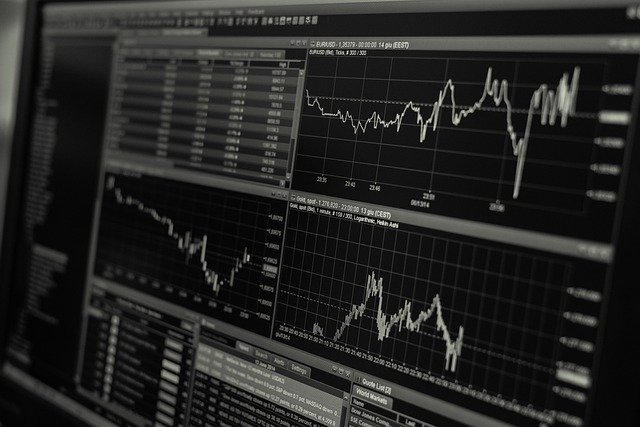Mastering Financial Resilience: The Role of Emergency Funds in Your Portfolio
The unpredictable nature of life underscores the importance of financial safeguards. One such safeguard is the emergency fund, a financial buffer that can protect you from unexpected financial shocks. This article will delve into the concept of emergency funds, their importance in a well-rounded financial plan, and practical tips on how to build and manage one effectively.

Understanding Emergency Funds: A Historical Context
The concept of emergency funds – having a stash of money set aside for unforeseen expenses – is not a new one. However, it gained more prominence after the 2008 financial crisis. The economic downturn exposed the financial vulnerability of many households, prompting financial advisors to stress the necessity of maintaining a safety net.
The Growing Importance of Emergency Funds
In the current financial landscape, the importance of emergency funds cannot be overstated. With the volatility of economies worldwide and unpredictable events like the COVID-19 pandemic, having a financial cushion can provide a sense of security. A well-funded emergency reserve can cover unexpected expenses such as medical bills, car repairs, or a sudden loss of income, preventing the need to dip into long-term investments or retirement savings.
Building an Emergency Fund: Benefits, Risks, and Real World Applications
Having an emergency fund comes with several benefits. First, it reduces financial stress since you have a fallback should unexpected expenses arise. Second, it affords you the flexibility to handle life’s unpredictable events without destabilizing your financial plan.
However, there are risks associated with emergency funds. For instance, if the fund is not invested or if it’s placed in a low-yield account, inflation can erode its value over time. Additionally, having too large an emergency fund can lead to missed opportunities for higher returns in other investment vehicles.
To balance these factors, financial experts recommend keeping three to six months’ worth of living expenses in your emergency fund. The exact amount should depend on your financial situation, risk tolerance, and personal comfort level.
Practical Tips on Building and Managing an Emergency Fund
-
Start small: Even if you can’t save three months’ worth of expenses right away, start with what you can. Consistency matters more than the amount saved.
-
Automate your savings: Set up automatic transfers from your checking account to your emergency fund. This makes saving effortless and ensures regular contributions.
-
Prioritize liquidity: Your emergency fund should be easily accessible. Consider keeping it in a high-yield savings account to earn some interest without risking the principal.
-
Regularly review and adjust: Your emergency fund should evolve with your financial situation. Review and adjust the amount periodically to match your current living expenses.
Closing Thoughts
An emergency fund, while not a traditional investment, plays a pivotal role in ensuring financial stability. It serves as a buffer against life’s financial uncertainties and protects your long-term financial goals. By understanding the importance of emergency funds and adopting practical strategies to build and manage one, you can fortify your financial resilience and navigate life’s unpredictability with greater ease.




